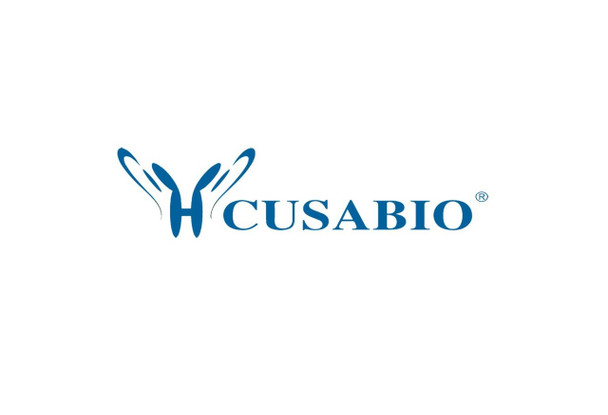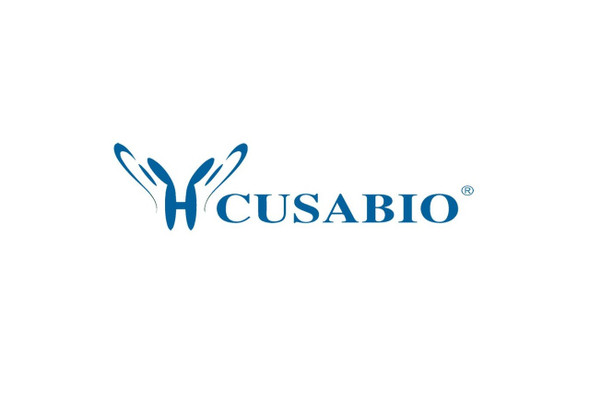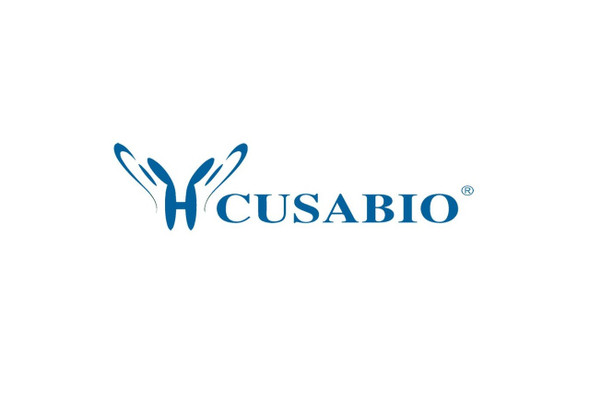Cusabio Mouse Recombinants
Recombinant Mouse High affinity cGMP-specific 3, 5-cyclic phosphodiesterase 9A (Pde9a) | CSB-EP530347MO
- SKU:
- CSB-EP530347MO
- Availability:
- 3 - 7 Working Days
Description
Recombinant Mouse High affinity cGMP-specific 3, 5-cyclic phosphodiesterase 9A (Pde9a) | CSB-EP530347MO | Cusabio
Alternative Name(s):
Gene Names: Pde9a
Research Areas: Signal Transduction
Organism: Mus musculus (Mouse)
AA Sequence: MGAGSSSYRPKAIYLDIDGRIQKVVFSKYCNSSDIMDLFCIATGLPRNTTISLLTTDDAMVSIDPTMPANSERTPYKVRPVAVKQVSEREELIQGVLAQVAEQFSRAFKINELKAEVANHLAVLEKRVELEGLKVVEIEKCKSDIKKMREELAARNSRTNCPCKYSFLDNKKLTPRRDVPTYPKYLLSPETIEALRKPTFDVWLWEPNEMLSCLEHMYHDLGLVRDFSINPITLRRWLLCVHDNYRNNPFHNFRHCFCVTQMMYSMVWLCGLQEKFSQMDILVLMTAAICHDLDHPGYNNTYQINARTELAVRYNDISPLENHHCAIAFQILARPECNIFASVPPEGFRQIRQGMITLILATDMARHAEIMDSFKEKMENFDYSNEEHLTLLKMILIKCCDISNEVRPMEVAEPWVDCLLEEYFMQSDREKSEGLPVAPFMDRDKVTKATAQIGFIKFVLIPMFETVTKLFPVVEETMLRPLWESREHYEELKQLDDAMKELQKKTESLTSGAPENTTEKNRDAKDSEGHSPPN
Source: E.coli
Tag Info: N-terminal 6xHis-tagged
Expression Region: 1-534aa
Sequence Info: Full Length
MW: 65.7 kDa
Purity: Greater than 85% as determined by SDS-PAGE.
Relevance: Specifically hydrolyzes the second messenger cGMP, which is a key regulator of many important physiological processes (PubMed:9624145). Highly specific: compared to other members of the cyclic nucleotide phosphodiesterase family, has the highest affinity and selectivity for cGMP. Specifically regulates natriuretic-peptide-dependent cGMP signaling in heart, acting as a regulator of cardiac hypertrophy in myocytes and muscle. Does not regulate nitric oxide-dependent cGMP in heart (PubMed:25799991). Additional experiments are required to confirm whether its ability to hydrolyze natriuretic-peptide-dependent cGMP is specific to heart or is a general feature of the protein (Probable). In brain, involved in cognitive function, such as learning and long-term memory (PubMed:22328573, PubMed:24746365).
Reference: "Phosphodiesterase 9A controls nitric-oxide-independent cGMP and hypertrophic heart disease." Lee D.I., Zhu G., Sasaki T., Cho G.S., Hamdani N., Holewinski R., Jo S.H., Danner T., Zhang M., Rainer P.P., Bedja D., Kirk J.A., Ranek M.J., Dostmann W.R., Kwon C., Margulies K.B., Van Eyk J.E., Paulus W.J., Takimoto E., Kass D.A. Nature 519:472-476(2015)
Storage: The shelf life is related to many factors, storage state, buffer ingredients, storage temperature and the stability of the protein itself. Generally, the shelf life of liquid form is 6 months at -20?/-80?. The shelf life of lyophilized form is 12 months at -20?/-80?.
Notes: Repeated freezing and thawing is not recommended. Store working aliquots at 4? for up to one week.
Function:
Involvement in disease:
Subcellular Location:
Protein Families:
Tissue Specificity:
Paythway:
Form: Liquid or Lyophilized powder
Buffer: If the delivery form is liquid, the default storage buffer is Tris/PBS-based buffer, 5%-50% glycerol. If the delivery form is lyophilized powder, the buffer before lyophilization is Tris/PBS-based buffer, 6% Trehalose, pH 8.0.
Reconstitution: We recommend that this vial be briefly centrifuged prior to opening to bring the contents to the bottom. Please reconstitute protein in deionized sterile water to a concentration of 0.1-1.0 mg/mL.We recommend to add 5-50% of glycerol (final concentration) and aliquot for long-term storage at -20?/-80?. Our default final concentration of glycerol is 50%. Customers could use it as reference.
Uniprot ID: O70628
HGNC Database Link: N/A
UniGene Database Link: N/A
KEGG Database Link: N/A
STRING Database Link: N/A
OMIM Database Link: N/A









